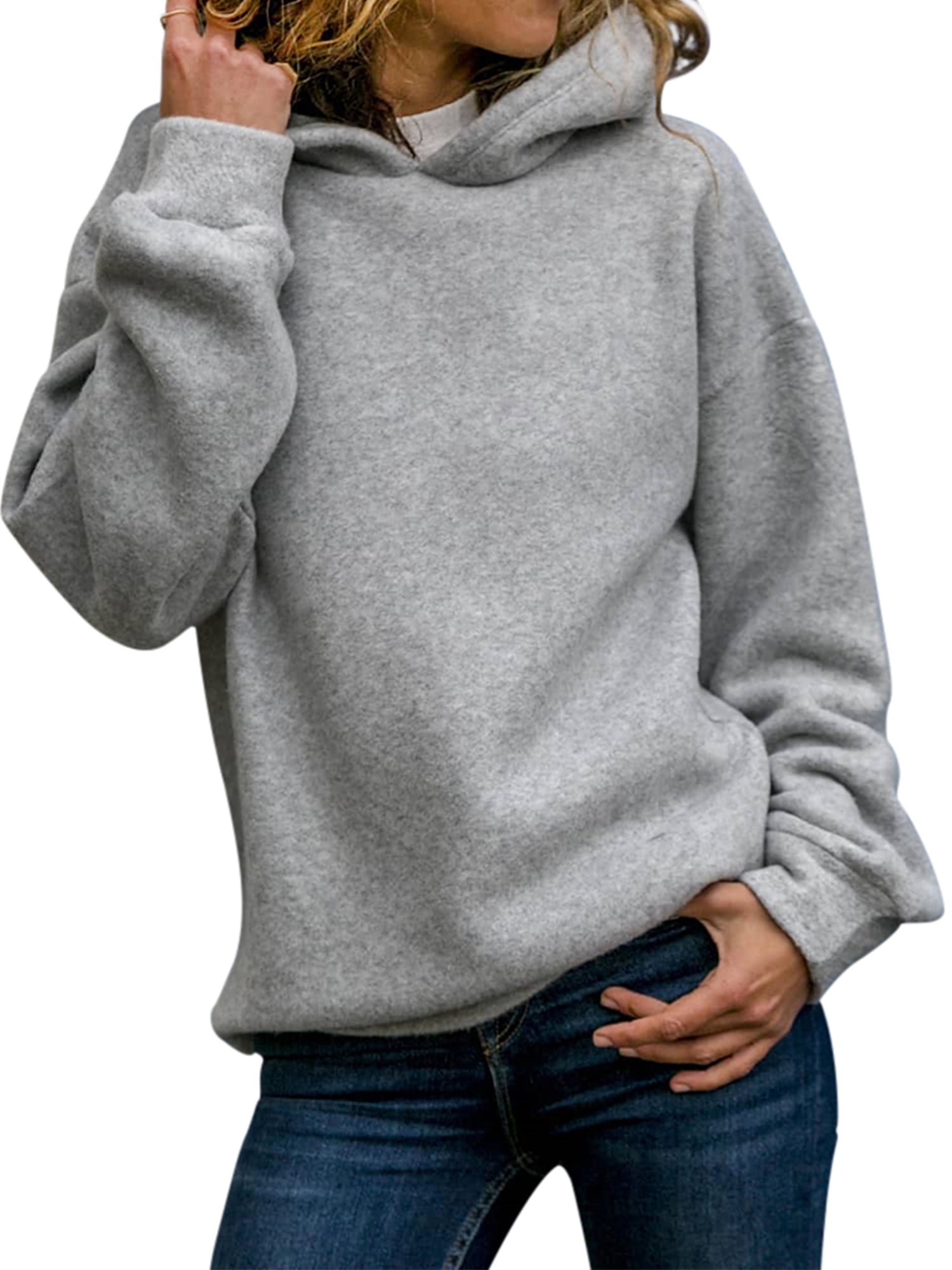What things to Consider When Picking the best Sweatshirt

Sweatshirts are long-sleeved shirts that are typically made of thick cotton cloth. They are usually worn casually and aren't so formal as sweaters and cardigans. They do not usually have the hood. If you're interested in buying a sweatshirt, here are some tips:
Norma Kamali sparked the appeal of sweatshirts
Since the end of the 70s, Norma Kamali has transformed the basic sweatshirt into a work of art. Her designs have become an essential part of every woman's closet. Her distinct styles include a tummy-tucking team neck , to leather paneled sweatshirts. She also has created clothes in unique designs, like a tank top with a long trumpet skirt.
A partnership of the designers and sweatshirt manufacturer Everlast resulted in her Timeless collection, which was a huge hit when it debuted in the spring catalog of Spiegel. The collection was made up of interchangeable and convertible knits with classic designs and many of the pieces were priced under $20. Even if The Norma Kamali Timeless collection was not available in stores, customers were able to find the designs on eBay or Poshmark.
Merino wool sweatshirt s are more comfortable than sweatshirts made of soft wool.
Merino wool is renowned for its moisture-wicking capabilities which help to keep you comfortable and dry. It is a natural fibre that also offers a more comfortable feel. The fabric also dries quickly when compared with other natural material. Furthermore, merino is a sustainable resource. The merino sheep shed their coats each year, and then grow new coats.
Merino's weight-to-heat ratio is high, and the warmth of wool is one of the reasons it's popular for sweatshirts. It helps to regulate body temperature thanks to its natural loft, which holds heat in the fibers. This is why Merino wool sweatshirts work ideal for outdoor and summer activities like mountain biking, hiking, and running. The warmth they offer helps keep the wearer comfortable and dry. This is important when exercising.
Zip-front hoodies have kangaroo pocket
Kangaroo pocket Hoodies are a well-loved style of hoodies. They feature a big pocket in the front, which helps keep your hands warm on cold days. They're also more practical than traditional pockets because they permit your hands to slide in and out easily.
Kangaroo pockets are usually large enough to accommodate a wallet or some other small personal items. They're typically large enough to accommodate a small hand and are wide enough to fit two hands. They feature wide openings on either side , and make them ideal for carrying small items.
French Terry fabric is a very popular material for sweatshirts

The French terry fabric is made of soft yarns made into loops, and is typically midweight. It is also renowned because of its capacity to absorb away moisture and is already pre-shrunk. French Terry is a fantastic option for sweatshirts since it keeps you warm when you're in need and helps keep you cool when you're trying to cool down.
French terry is also popular for loungewear, since it is stretchy enough and has enough flexibility to feel good on your skin. It also allows air to circulate through the fabric, which makes it ideal for layering under other clothing. In addition, because it's lighter than most sweatshirts you can wear it throughout the year without feeling warm or cold.
Hoodies are classy and have a connotation of class.
While it may seem that hoodies are clothes that are appropriate for those who are working class but the truth is that they are a symbol of class. The hooded garment was first seen in the 70s New York, where graffiti artists would wear them to conceal their identities. In 1976, hoodies made their major appearance in the film "Rocky," when the protagonist of the film was a working class man in grey sweats with hoods during his memorable climb to the top of the Philadelphia Museum of Art.
Hoodies are frequently associated with destruction, death and other unpleasant things, but they also serve practical purposes. For example, monks and priests might wear hoods in order to display respect and a sense of self-control.
